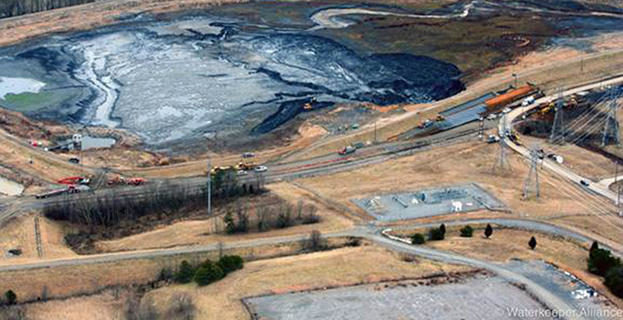
The slow-moving storm which made landfall on Friday as a Category 1 hurricane has dumped record amounts of rain - potentially up to 40 inches in some areas - and continues to flood rivers and highways. In Florence's path are also numerous coal ash ponds from power plants - the waste can contain toxins such as mercury, arsenic, and lead.
As Michael Biesecker of the Associated Press reported:
Duke [Energy] spokeswoman Paige Sheehan said Saturday evening that about 2,000 cubic yards (1,530 cubic meters) of ash, enough to fill roughly 180 dump trucks, have been displaced at the Sutton Plant and that contaminated storm water likely flowed into Sutton Lake, the plant's cooling pond.In a statement Saturday, Duke Energy said "the company does not believe this incident poses a risk to public health or the environment. The company is conducting environmental sampling as well."
The company hasn't yet determined if the weir that drains the cooling pond was open or whether any contamination may have flowed into the swollen Cape Fear River.
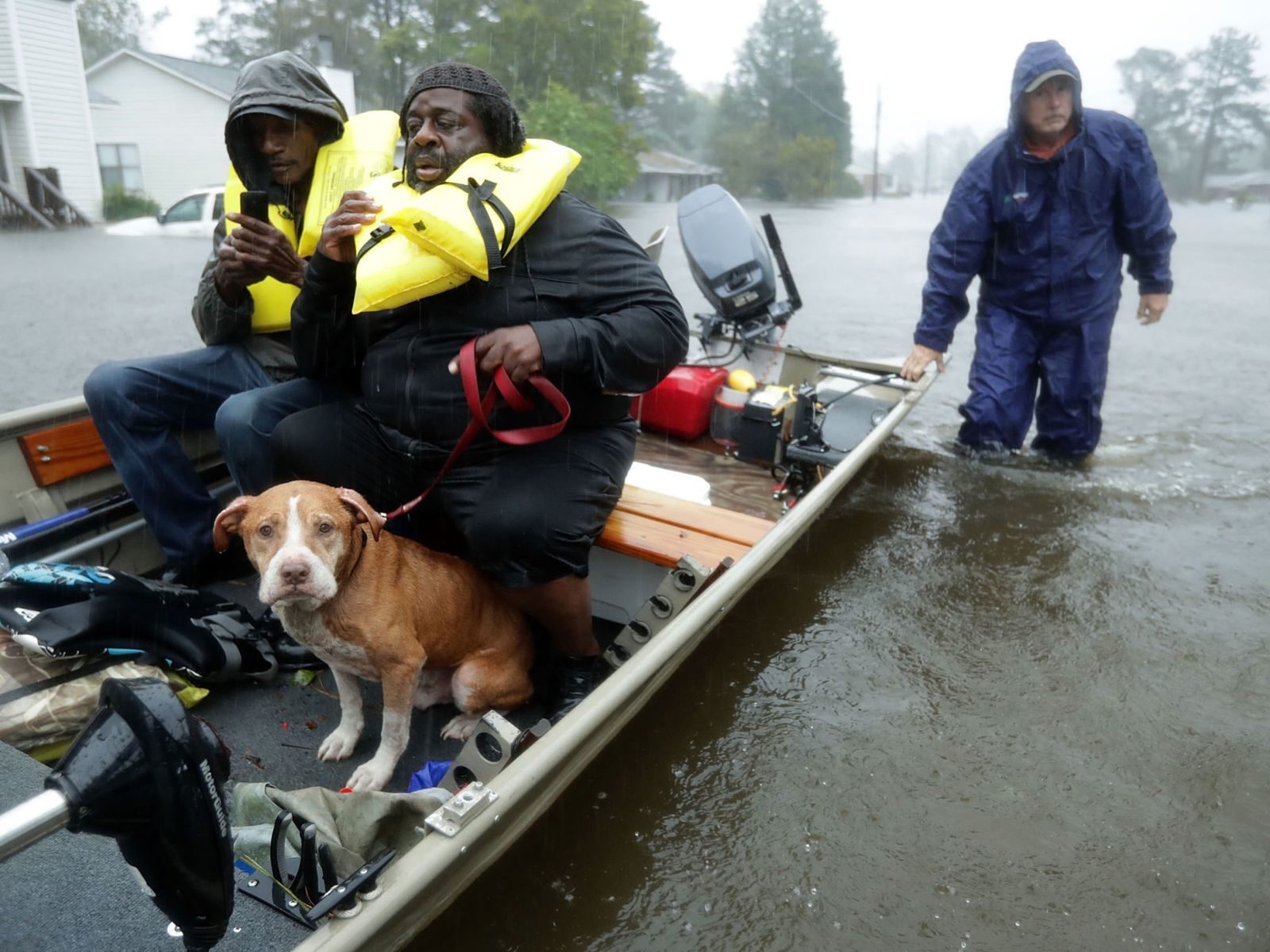

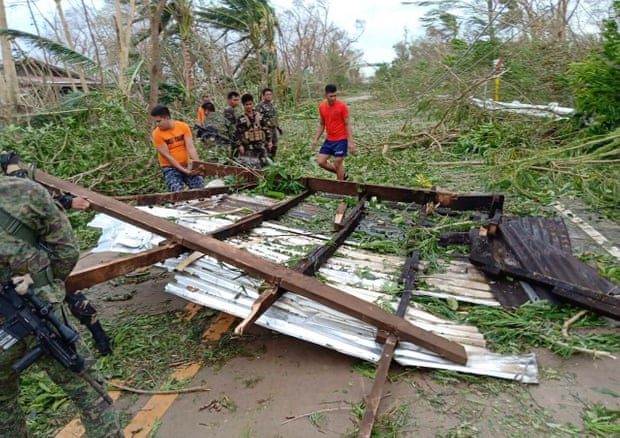
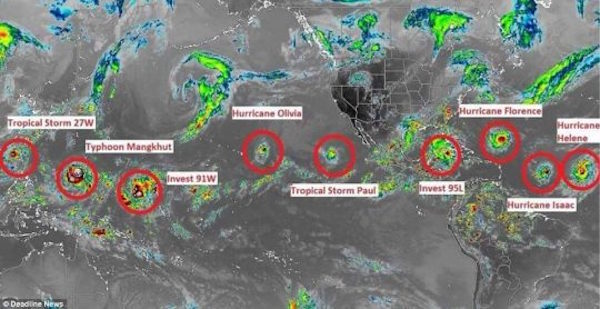
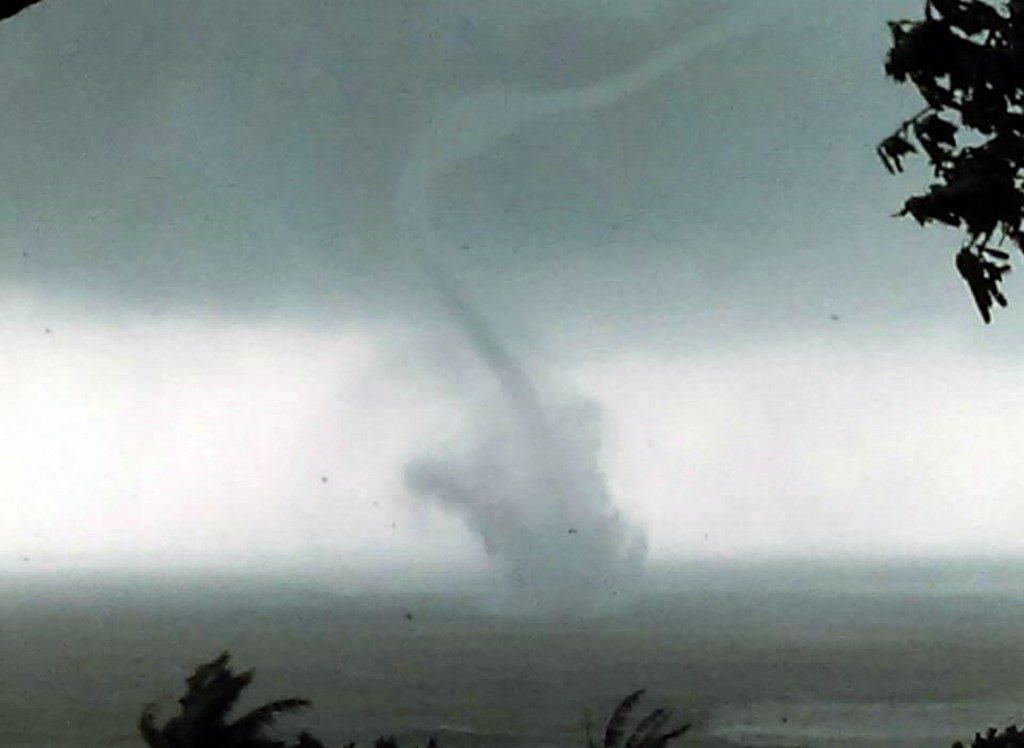
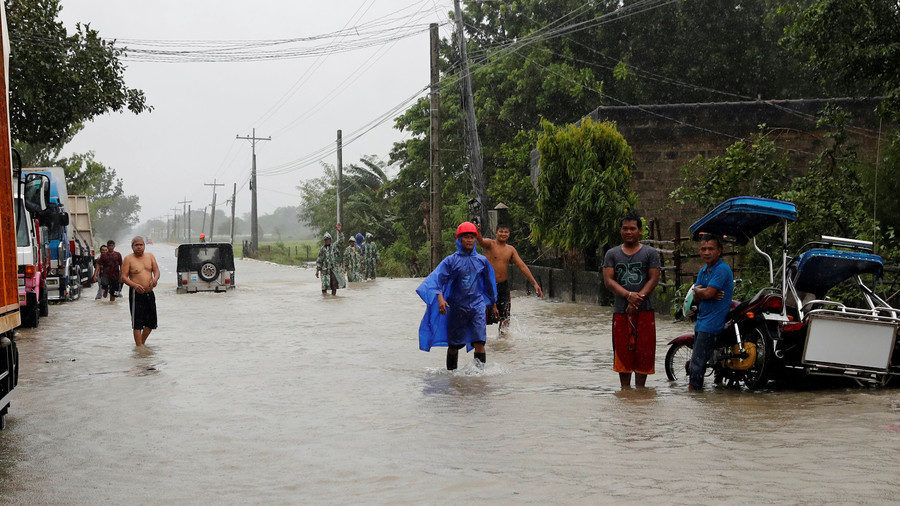
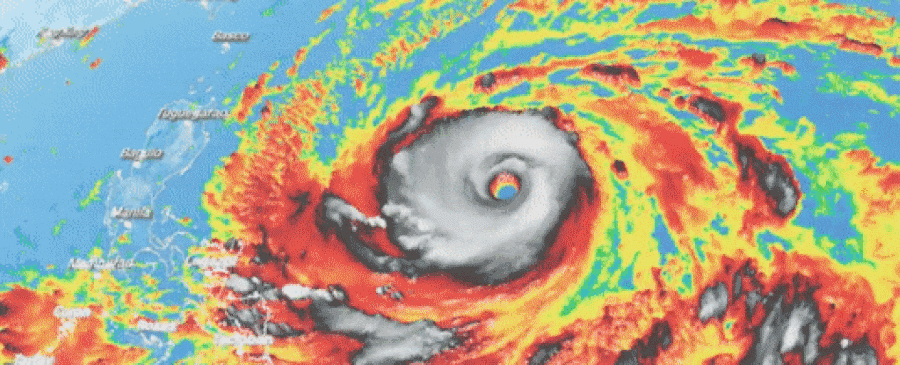
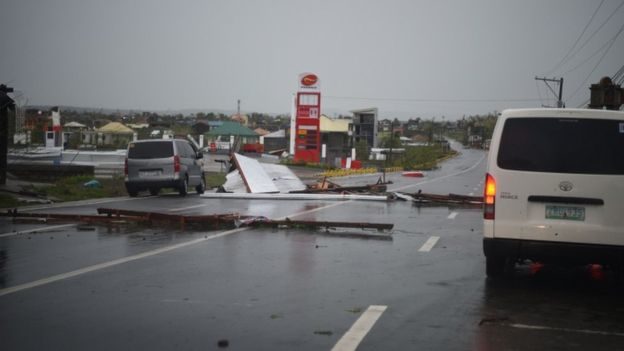
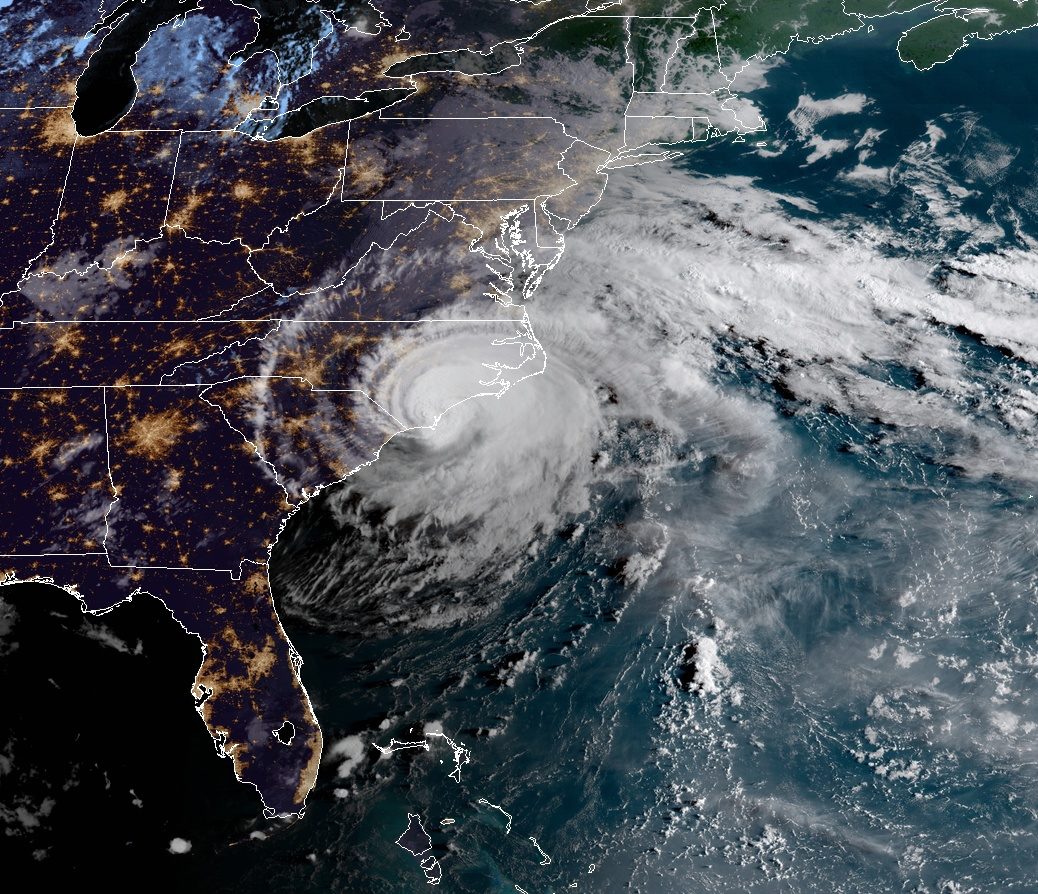
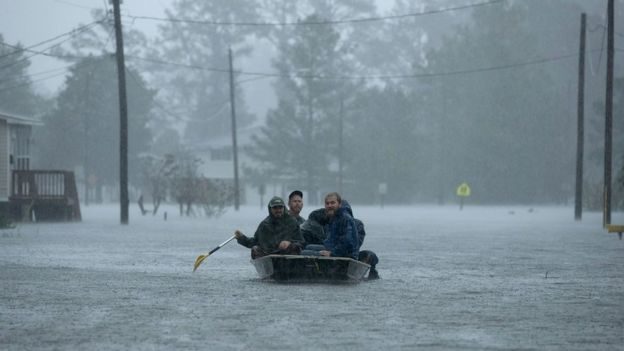



Comment: Duke Energy has a history of contaminating North Carolina's waterways: